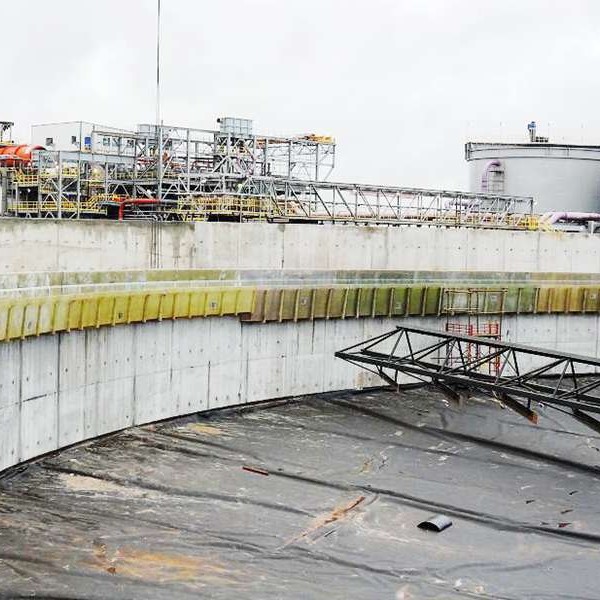
-
 Afrikaans
Afrikaans -
 Albanian
Albanian -
 Amharic
Amharic -
 Arabic
Arabic -
 Armenian
Armenian -
 Azerbaijani
Azerbaijani -
 Basque
Basque -
 Belarusian
Belarusian -
 Bengali
Bengali -
 Bosnian
Bosnian -
 Bulgarian
Bulgarian -
 Catalan
Catalan -
 Cebuano
Cebuano -
 China
China -
 China (Taiwan)
China (Taiwan) -
 Corsican
Corsican -
 Croatian
Croatian -
 Czech
Czech -
 Danish
Danish -
 Dutch
Dutch -
 English
English -
 Esperanto
Esperanto -
 Estonian
Estonian -
 Finnish
Finnish -
 French
French -
 Frisian
Frisian -
 Galician
Galician -
 Georgian
Georgian -
 German
German -
 Greek
Greek -
 Gujarati
Gujarati -
 Haitian Creole
Haitian Creole -
 hausa
hausa -
 hawaiian
hawaiian -
 Hebrew
Hebrew -
 Hindi
Hindi -
 Miao
Miao -
 Hungarian
Hungarian -
 Icelandic
Icelandic -
 igbo
igbo -
 Indonesian
Indonesian -
 irish
irish -
 Italian
Italian -
 Japanese
Japanese -
 Javanese
Javanese -
 Kannada
Kannada -
 kazakh
kazakh -
 Khmer
Khmer -
 Rwandese
Rwandese -
 Korean
Korean -
 Kurdish
Kurdish -
 Kyrgyz
Kyrgyz -
 Lao
Lao -
 Latin
Latin -
 Latvian
Latvian -
 Lithuanian
Lithuanian -
 Luxembourgish
Luxembourgish -
 Macedonian
Macedonian -
 Malgashi
Malgashi -
 Malay
Malay -
 Malayalam
Malayalam -
 Maltese
Maltese -
 Maori
Maori -
 Marathi
Marathi -
 Mongolian
Mongolian -
 Myanmar
Myanmar -
 Nepali
Nepali -
 Norwegian
Norwegian -
 Norwegian
Norwegian -
 Occitan
Occitan -
 Pashto
Pashto -
 Persian
Persian -
 Polish
Polish -
 Portuguese
Portuguese -
 Punjabi
Punjabi -
 Romanian
Romanian -
 Russian
Russian -
 Samoan
Samoan -
 Scottish Gaelic
Scottish Gaelic -
 Serbian
Serbian -
 Sesotho
Sesotho -
 Shona
Shona -
 Sindhi
Sindhi -
 Sinhala
Sinhala -
 Slovak
Slovak -
 Slovenian
Slovenian -
 Somali
Somali -
 Spanish
Spanish -
 Sundanese
Sundanese -
 Swahili
Swahili -
 Swedish
Swedish -
 Tagalog
Tagalog -
 Tajik
Tajik -
 Tamil
Tamil -
 Tatar
Tatar -
 Telugu
Telugu -
 Thai
Thai -
 Turkish
Turkish -
 Turkmen
Turkmen -
 Ukrainian
Ukrainian -
 Urdu
Urdu -
 Uighur
Uighur -
 Uzbek
Uzbek -
 Vietnamese
Vietnamese -
 Welsh
Welsh -
 Bantu
Bantu -
 Yiddish
Yiddish -
 Yoruba
Yoruba -
 Zulu
Zulu
Reinforced Fiberglass Water Tank for Durable and Efficient Storage Solutions
The Importance of FRP Water Tanks
In the modern world, the demand for efficient and durable water storage solutions has become increasingly significant. One such solution that has gained popularity is the Fiberglass Reinforced Plastic (FRP) water tank. Known for their strength, corrosion resistance, and versatility, FRP water tanks provide an effective way to store water for various applications, including residential, industrial, and agricultural purposes.
What is FRP?
FRP, or Fiberglass Reinforced Plastic, is a composite material made of a polymer matrix reinforced with fiberglass. This unique combination results in a lightweight yet exceptionally strong material. The properties of FRP, such as its resistance to corrosion, UV degradation, and extreme weather conditions, make it an ideal choice for water tanks. Unlike traditional materials like steel or concrete, FRP does not rust, requires minimal maintenance, and has a longer lifespan.
Advantages of FRP Water Tanks
1. Corrosion Resistance One of the most significant advantages of FRP water tanks is their ability to resist rust and corrosion. This makes them suitable for storing a variety of fluids, including potable water, chemicals, and wastewater. The non-corrosive nature of FRP ensures that the stored liquid remains uncontaminated, which is crucial for health and safety.
2. Lightweight and High Strength FRP water tanks are much lighter than their metal or concrete counterparts. This characteristic facilitates easier transportation and installation, reducing labor costs and construction time. Despite their lightweight nature, FRP tanks possess high tensile strength, making them capable of withstanding high pressure and impact.
3. Customization Options FRP water tanks can be manufactured in various sizes, shapes, and colors, allowing for customization based on specific needs. This flexibility makes them suitable for diverse applications, whether for small residential systems or large industrial projects.
frp water tank

4. Thermal Insulation The thermal properties of FRP limit the transfer of heat, keeping the water at a relatively stable temperature. This feature is particularly important in regions with extreme weather conditions, as it helps maintain the quality of the water stored within the tank.
5. Low Lifecycle Costs Although the initial investment cost of FRP tanks may be higher compared to traditional options, their long lifespan and low maintenance requirements often result in lower overall lifecycle costs. With durability of several decades, the total cost of ownership can be significantly reduced.
Applications of FRP Water Tanks
FRP water tanks serve a wide range of applications across different sectors. In residential settings, they are commonly used for drinking water storage, rainwater harvesting, and irrigation systems. In industrial contexts, they can hold chemicals and wastewater, providing an ideal solution where other materials would fail due to corrosion.
Moreover, FRP tanks can be found in agriculture, where they are utilized for fertilizer storage, irrigation, and aquaculture systems. Their adaptability to various environments and requirements allows for efficient water management practices that contribute to sustainability.
Conclusion
In conclusion, FRP water tanks represent a modern solution to the challenges of water storage. Their combination of durability, corrosion resistance, customization options, and cost-effectiveness makes them an excellent choice for homeowners, industries, and agricultural purposes. As the world continues to face water scarcity and management issues, embracing innovative solutions like FRP water tanks is essential for sustainable water usage and conservation. Whether for personal, commercial, or agricultural use, investing in FRP technology is a step towards a more efficient and responsible approach to water storage.
Latest news
-
Exploring the Benefits of Top Hammer Drifter Rods for Enhanced Drilling PerformanceNewsJun.10,2025
-
High-Precision Fiberglass Winding Machine for GRP/FRP Pipe Production – Reliable & Efficient SolutionsNewsJun.10,2025
-
FRP Pipes & Fittings for Shipbuilding - Corrosion-Resistant & LightweightNewsJun.09,2025
-
Premium FRP Flooring Solutions Durable & Slip-ResistantNewsJun.09,2025
-
Premium Fiberglass Rectangular Tanks Durable & Lightweight SolutionNewsJun.09,2025
-
Tapered Drill String Design Guide Durable Performance & UsesNewsJun.09,2025









